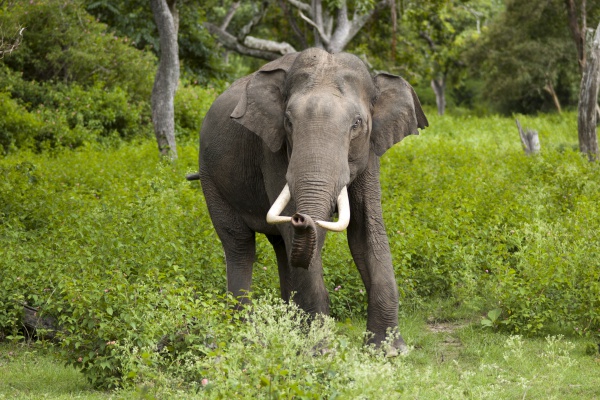Facts About Indian elephant
The Indian elephant, a subspecies of the Asian elephant, is native to mainland Asia and is currently listed as Endangered on the IUCN Red List due to a significant decline in its wild population. Indian elephants are smaller than their African counterparts and have distinct characteristics, such as a higher dome on their heads and more convex or level backs.
These elephants inhabit various regions across Asia, including India, Nepal, Bangladesh, Bhutan, Myanmar, Thailand, China, Cambodia, and Vietnam. However, they face numerous threats primarily from human activities, including habitat loss, degradation, and fragmentation. Poaching for ivory, human-elephant conflicts, and electrocution also pose significant risks to their population.
To protect these majestic creatures, conservation initiatives like Project Elephant in India focus on safeguarding their habitats and migration corridors while raising awareness among local communities. The Indian elephant is crucial to the ecosystem, acting as megaherbivores that consume large amounts of plant matter daily. Their feeding habits and movements change with the seasons as they adapt to different food sources.
Understanding their behavior, ecology, and the threats they face is essential for developing effective conservation strategies to ensure the survival of the Indian elephant population.

 Afghanistan
Afghanistan